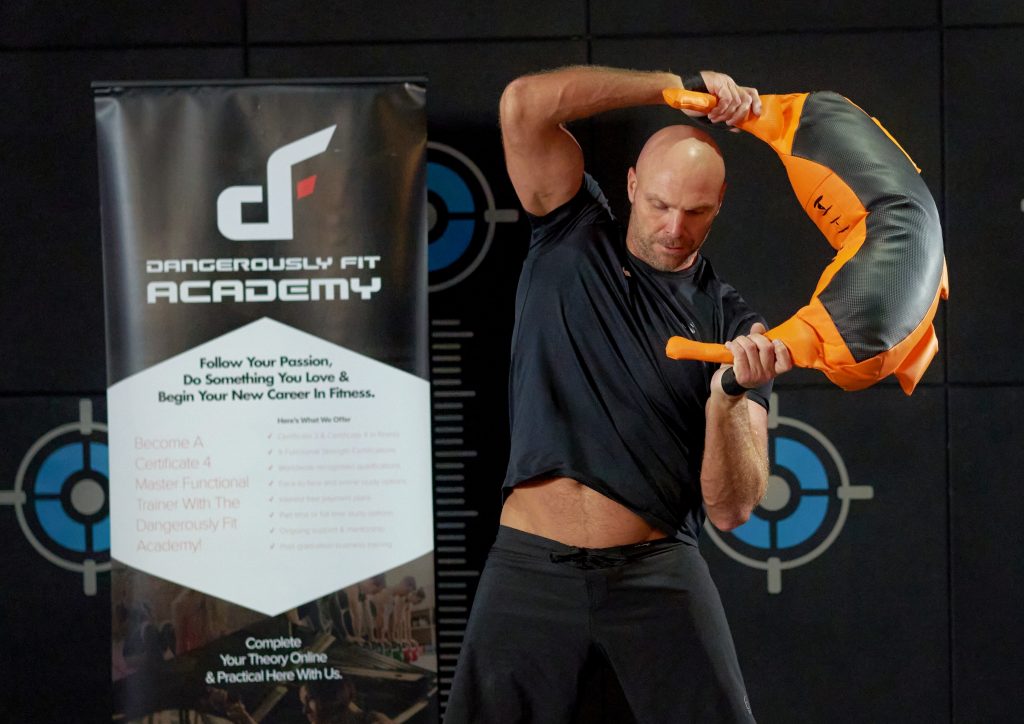CrossFit is a racing sport wherein the players travel on foot to overcome series of combined military obstacle challenges that include, but not limited to wall climbing, trail crossing, carrying heavy objects, crossing over bodies of water, crawling under ropes or barbed wire and sometimes, jumping over fire.
Other CrossFit activities may also include running and crawling under or over large inverted quarter pipes, slanted walls, a cargo net, and varieties of balancing and hanging obstacles.
Far beyond regular or traditional running, CrossFit is more of an adventure running where sets of friends and families can join together – as a team or individual players. Over the past years, CrossFit has developed into a more complex and difficult sport that aims to test one’s physical, mental and social strength.
Who can join an CrossFit?
The truth is, not everyone is capable of joining a CrossFit competition. People with severe heart problems, high blood pressure, recently undergone surgery, and other serious illnesses are prohibited from joining this competition. For you to join a CrossFit competition, you must be ready for massive, strenuous, and strength-pulling activities ahead.
Your whole body, physical and mental attributes must be in synchronicity and willing to perform those activities with determination and goal to finish the race. How to achieve the physical and mental coordination in preparation for CrossFit? Well, the following articles aim to guide you in determining and pursuing skills and training you need before joining CrossFit.
Strengthening your cardiovascular: The best way to start is by conditioning and strengthening your cardiovascular muscles with personal training. Dangerously Fit run special classes, this is by far the best and easiest way to strengthen your cardiovascular since it requires no equipment and you can start anytime you want. When we say running, we mean off the pavement or treadmill. This is the time to get your feet off those comfy run and try to take it to trails and off roads. If you were able to run a marathon before, it can be a good start since you are able to assess how many miles you can run. Running can be combined with other activities like sprinting, climbing hills or stadium stairs.
Strengthening your body as a whole: The next step is to focus on functional and dynamic movements that will help you build your relative strength. As an obstacle racer, you should be strong to manage your body weight as you are expected to swing, crawl, and lift heavy objects. While doing these, you must be able to move your bodyweight over, under, or through obstacles.
Since you are expected to weigh heavy objects during the competition, you must summon all the strength you need to make it to the finish line. Enhance your strength by engaging in a number of bodyweight exercises that are part of the outdoor group fitness program including triceps dips, push-ups, and pull-ups for arms and even the upper body parts. For your legs and thighs, perform series of squats.
Improving your balance: Another skill that you need in joining obstacle race is balance. Balance is an important part of skill you must master when competing for an obstacle race. There will be activities during the run that will attest your balance like crossing distances through a rope or logs. To improve your balance, your legs must be strong enough to carry and endure all your bodyweight over a certain period of time. You can do kettle bell swings and quick but strong movements like burpees, jump squats, and box jumps.
Mastering your footwork: Since you have been running for quiet sometime, you must have learned your footwork ability. As a runner, you must be able to switch directions in a short period of time. We call that in physical fitness as agility. Agility is footwork and presence of mind combined.
You can improve your footwork by striding between targets unevenly placed on the ground. Targets can be placed as rocks, boxes, logs, or fun signs to keep your training more fun and less serious. You can try working on your footwork on level or flat ground first and then upgrade to angled, uphill and rough surfaces.
Mental strength: With all your physical endurance and strength improved, your brain must go with them. Keep your eyes and mind on the goal – and that is to make it to the finish line.
Remember, your body will not move unless your mind tells it to do so.
